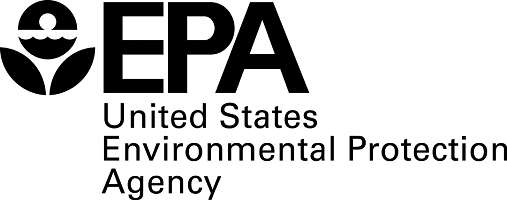FETCHING
DATA
U.S. EPA National Coastal Condition Assessment 2015
2015 Estimates and Change Over Time | National

Change†
In 2015, the Albemarle-Pamlico National Estuary Program added sites to the NCCA, doubling the sample size within the study area. The results shown in this view reflect the increased sample size and resulting increased confidence in the 2015 population estimates for the Albemarle-Pamlico estuary.
†Notation of time periods for the three assessments: 2005-06 (shown as “05” here for brevity), 2010 (“10”), and 2015 (“15”). Estuaries were surveyed beginning in 2005-06. Great Lakes were surveyed beginning in 2010.
*Indicates statistically significant difference (95% confidence) between time periods compared. This difference is also represented by a darker-colored long-term change symbol.
Please see the NCCA 2015 Technical Support Document on the NCCA website for detailed information on NCCA sampling and analysis methods, including the following: information on the number of sites sampled for each subpopulation; condition thresholds for human health indicators; and regionally relevant condition benchmarks.
U.S. Environmental Protection Agency, Office of Water (2021). National Coastal Condition Assessment: A Collaborative Survey of the Nation’s Estuaries and Great Lakes Nearshore Waters. Washington, DC. August 2021. Last modified on .
Change†
Please choose another indicator.
Nitrogen (Dissolved) and Phosphorus (Dissolved) are not
used as indicators for the Great Lakes coastal assessment.
†Notation of time periods for the three assessments: 2005-06 (shown as “05” here for brevity), 2010 (“10”), and 2015 (“15”). Estuaries were surveyed beginning in 2005-06. Great Lakes were surveyed beginning in 2010.
*Indicates statistically significant difference (95% confidence) between time periods compared. This difference is also represented by a darker-colored long-term change symbol.
Please see the NCCA 2015 Technical Support Document on the NCCA website for detailed information on NCCA sampling and analysis methods, including the following: information on the number of sites sampled for each subpopulation; condition thresholds for human health indicators; and regionally relevant condition benchmarks.
U.S. Environmental Protection Agency, Office of Water (2021). National Coastal Condition Assessment: A Collaborative Survey of the Nation’s Estuaries and Great Lakes Nearshore Waters. Washington, DC. August 2021. Last modified on .
Please see the NCCA 2015 Technical Support Document on the NCCA website for detailed information on NCCA sampling and analysis methods, including the following: information on the number of sites sampled for each subpopulation; condition thresholds for human health indicators; and regionally relevant condition benchmarks.
U.S. Environmental Protection Agency, Office of Water (2021). National Coastal Condition Assessment: A Collaborative Survey of the Nation’s Estuaries and Great Lakes Nearshore Waters. Washington, DC. August 2021. Last modified on .
Relative Extent (% of Miles in Most Disturbed Condition)
Relative Risk
Attributable Risk
FETCHING
IMAGE
Error
An error has been detected with your custom url. The default view has been loaded.
U.S. EPA Coastal Condition Assessment 2015
Percentage of Coastal Area in Each Condition Category
2015 Estimates and Change Over Time | Indicator
2015 Estimates and Change Over Time | Indicator
Condition Categories Based on Regional Thresholds
Condition
% of Coastal Area
Change†
Concentration Categories Based on Quartiles
Concentration
% of Coastal Area
Change†
In 2015, the Albemarle-Pamlico National Estuary Program added sites to the NCCA, doubling the sample size within the study area. The results shown in this view reflect the increased sample size and resulting increased confidence in the 2015 population estimates for the Albemarle-Pamlico estuary.
†Notation of time periods for the three assessments: 2005-06 (shown as “05” here for brevity), 2010 (“10”), and 2015 (“15”). Estuaries were surveyed beginning in 2005-06. Great Lakes were surveyed beginning in 2010.
*Indicates statistically significant difference (95% confidence) between time periods compared. This difference is also represented by a darker-colored long-term change symbol.
Please see the NCCA 2015 Technical Support Document on the NCCA website for detailed information on NCCA sampling and analysis methods, including the following: information on the number of sites sampled for each subpopulation; condition thresholds for human health indicators; and regionally relevant condition benchmarks.
U.S. Environmental Protection Agency, Office of Water (2021). National Coastal Condition Assessment: A Collaborative Survey of the Nation’s Estuaries and Great Lakes Nearshore Waters. Washington, DC. August 2021. Last modified on .